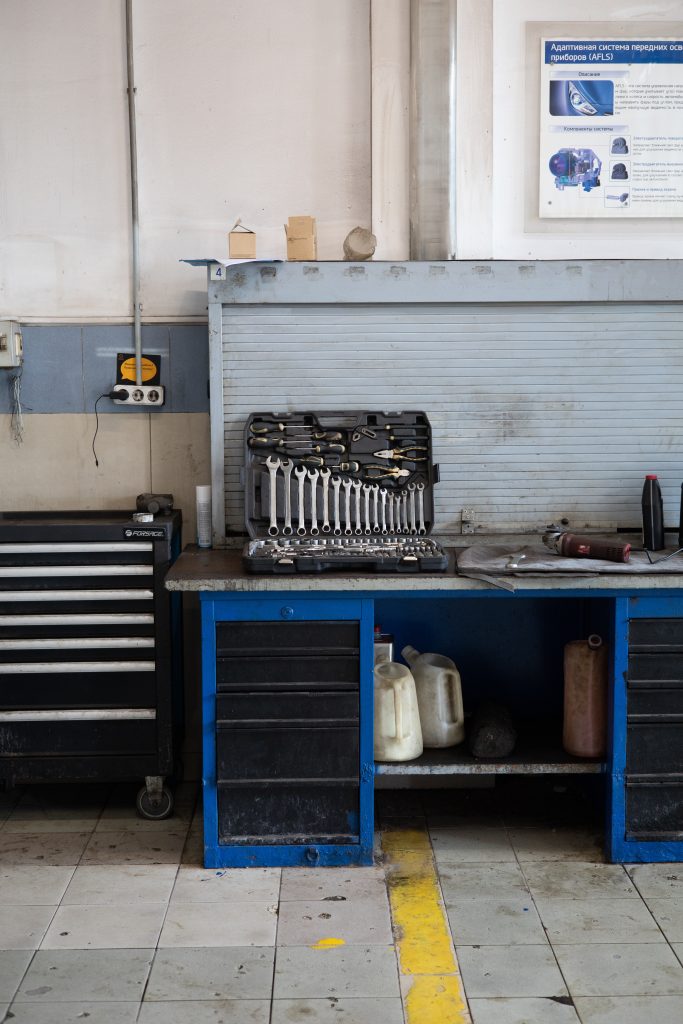1973 Ford E-Series Van
The “E-Series” full-size vans were built and marketed by Ford Motor Company. Since its debut in 1961 as a replacement for Ford’s F-Series panel van, the Ford E-Series has gone through four generations. Cargo and passengers could be transported in the E-Series, designed to be an all-purpose van chassis. In this article, we focus on the 1973 Ford E-Series Van
It was available in a variety of configurations for both retail and commercial usage. 2015 saw the departure of the E-Series vans from Ford’s commercial vehicle lineup as the Ford Transit for that year replaced them. Between 1980 and 2014, the E-Series van was America’s most popular full-size van.
Performance and Fuel Economy
Four-wheel drive was an intriguing option for the 1973 Ford E-Series Van that aftermarket companies converted. Pathfinder Equipment Company converted these vans after being ordered from a Ford dealer. The vans were then sent to the company. Some vans were converted into recreational vehicles after undergoing further customization.
A six-cylinder engine with 240 cubic inches of displacement was standard equipment for the 1973 Ford E-Series Van, Econoline E100, E200, and Club Wagon models. A more powerful six-cylinder engine with 300 cubic inches of displacement was standard on the E300. The Econoline was offered various engines, the most powerful of which was Ford’s 302-cubic-inch eight-cylinder engine. This engine could be chosen in any van. Both a manual gearbox with three gears and an automatic transmission with three gears with Cruise-O-Matic as an option were available for this vehicle.
Design, Comfort, and Quality
Ford vans featured a small hood that enabled drivers to access the engine from the front of the vehicle. Advertising for the 1973 Ford Econoline and the Econoline Dealer Data Book indicates that customers could choose sliding or swinging side doors for their van. The Econoline is more suited for built-in shelves and workbenches due to Ford’s use of a “square-wall design,” which gave less taper at the roof compared to the roofs of competing vans. With a turning radius of under 40 feet on the E100 and E200 models, the Econoline was developed specifically with city driving in mind. This model’s extended wheelbase variant had a turning radius of 45.1 feet when fully operational.
The Club Wagon was offered in three different editions: Basic, Custom, and Chateau. Each edition had interior and exterior trim that was progressively more attractive than the previous one. The significant modification in 1968 was carried over almost entirely into the vans produced in 1973. Before undergoing a complete re-engineering in 1975, the body shape of the Ford vans will remain the same for one more model year.
A Large Machine
The standard-length Econoline and the standard-length Club Wagon had a wheelbase of 105.5 inches and a total length of 169.1 inches. The wheelbase of the enlarged van was 123.5 inches, while the vehicle’s overall length measured 187.1 inches. The 1973 Ford E100 had a gross vehicle weight rating of up to 4,325 pounds, while the E200 had a rating of 5,250 pounds, the E300 had a rating of 6,050 pounds, and the extended wheelbase version of the E300 had a rating of 6,200 pounds. Axles, springs, and tires with a higher load capacity were available as an upgrade option for vans. The gross vehicle weight rating of the extended wheelbase E300 may be increased to 8,300 pounds with the help of available improvements. The Club Wagon had a gross vehicle weight rating of 7,800 pounds at its absolute maximum capacity.
Specification
- Length: 169.1 in
- Width: 105.5 in
Engine type: 240-cubic-inch six-cylinder

1973 Ford E-Series Van Factory Service Manual
Ford Repair Manuals go through every aspect of how the car operates. The vehicle’s purchase price does not include the service manual for your 1973 Ford E-Series Van. Knowledgeable mechanics should consult a service manual to ensure proper diagnostics and repairs.
The service manuals for the 1973 Ford E-Series Van are vast and cover every aspect of the vehicle’s operation.
1973 Ford E-Series Van — Owner’s Manual
When consumers purchase a 1973 Ford E-Series Van, they get an owner’s manual containing all the required information for future maintenance, vehicle operation, and features.
- Important Safety Instructions
- Introduction
- Overview
- Operation
- Maintenance
- Troubleshooting
- Maintenance Record
The 1973 Ford E-Series Van Owners Manual provides more operational suggestions to enhance the user experience.
Frequently Asked Questions
Are E-Series Vans reliable?
They have a reliability rating of only 2 out of 5 by repairpal.com
What engine is in the E-Series?
7.3L V8
How many miles can you get out of a Ford Van?
150,000 is average, but with care and regular maintenance, some reach up to 300,000

